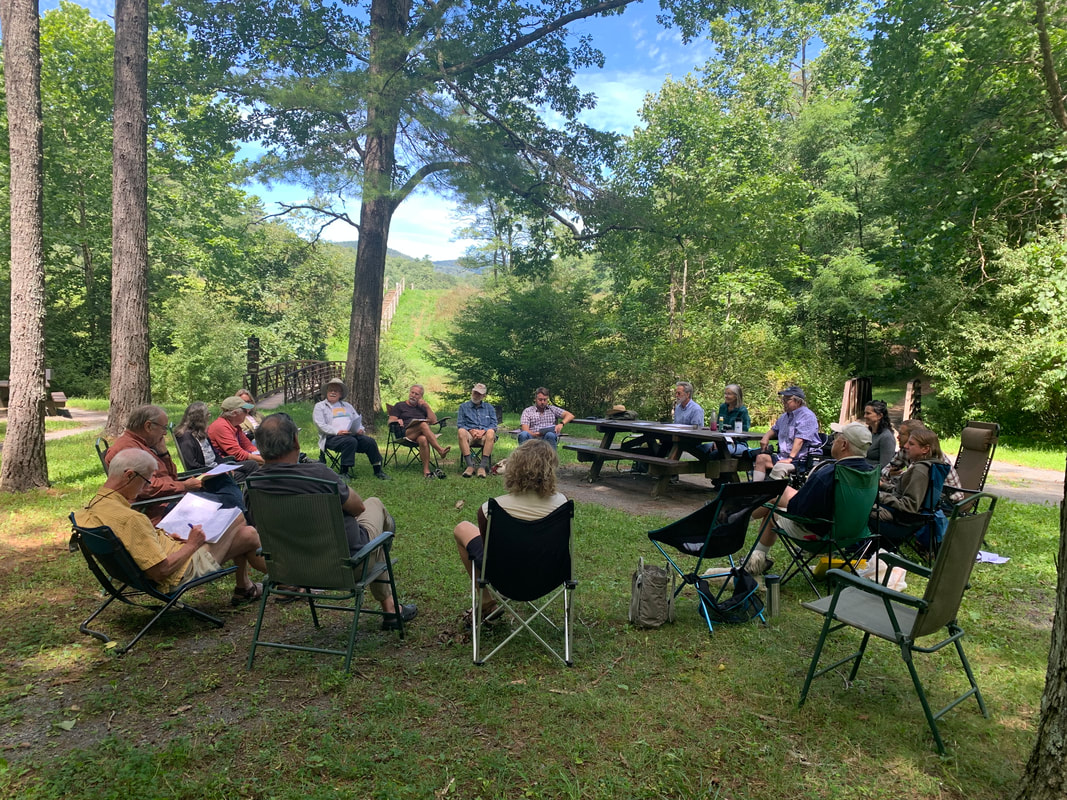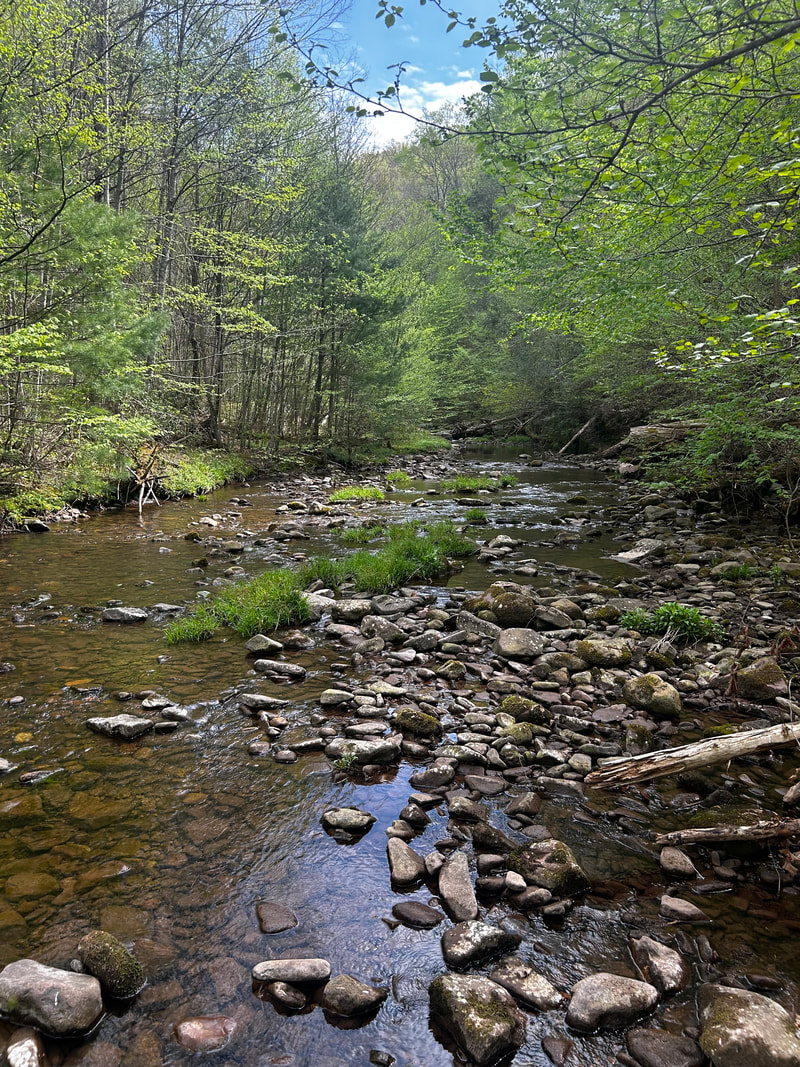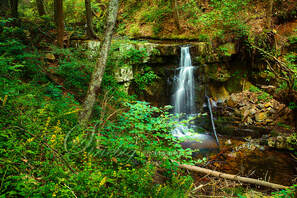All are welcome to the VWC Annual Meeting at Braley Pond Recreation Area on the George Washington National Forest on Saturday, August 24 at 10a.
Attendees are asked to consider and vote on the following proposed amendments and one addition to the VWC By-Laws. The Board of Directors recommends adoption of these changes. Click here.
Attendees are asked to consider and vote on the following proposed amendments and one addition to the VWC By-Laws. The Board of Directors recommends adoption of these changes. Click here.





 RSS Feed
RSS Feed